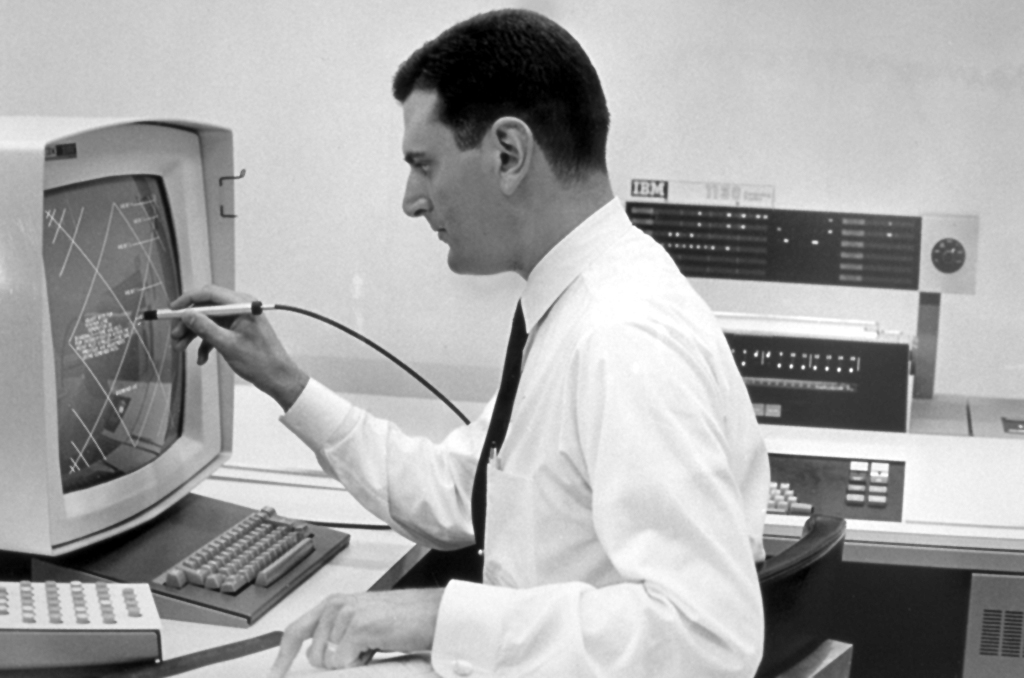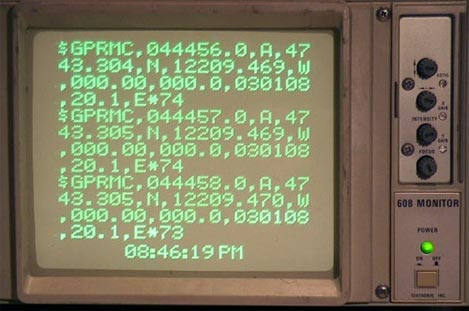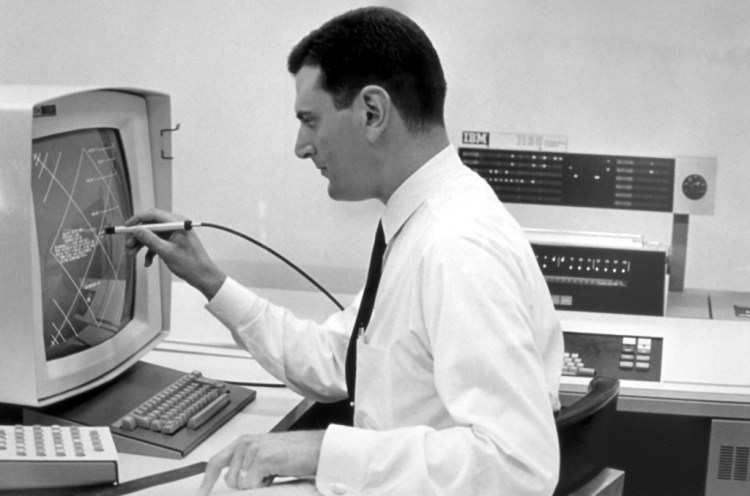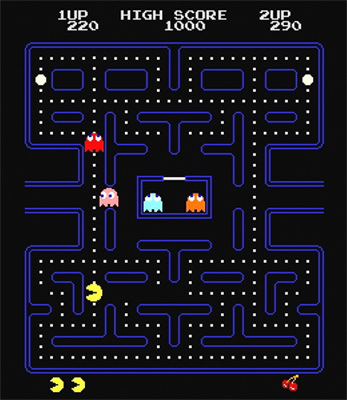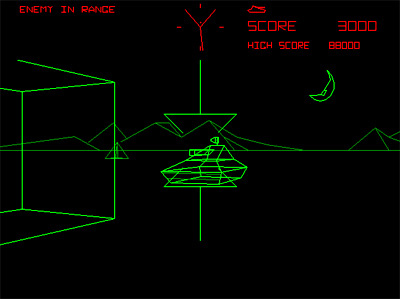Keith Moore, the AML‘s donor for our beloved Vectrex game console (as well as a number of other valuable vintage computers) kindly wrote in with this story about the Vectrex and his life in computing since the mid-1970s, the era of the punch card.
I have a small confession regarding my life in computers and the positive and maybe negative (?) impact that it has had on me. I was a college dropout. I suppose that some would say I am in good company with that kid with the glasses who dropped out of Harvard. But I did not go to Harvard. I went to Wayne State in Detroit (Go Tartans!) and had to later go back to school to get my degree. Such were those last few years of the work world where someone without a college degree could get a job as a software developer without a college degree. It is hard to imagine that happening today. When I went to college in 1975 I gave up one obsession, music, and picked up another. I became infatuated with computer and programming. So much so that I let my scholastic work lapse by focusing only on computer science courses. Computer Science was a brand new field in college at that time and was comingled into most Mathematics curriculum. Almost all of the courses assumed an interest in mathematics and focused primarily on software development (specifically teaching computer languages). I do not particularly like or excel at mathematics and, as a freshman, I had little discipline and took all of my lab money and spent it going to the library and quietly playing Star Trek on the terminals. The best part? I was not even supposed to use the terminals. I was taking courses that used the RJE station to enter Hollerinth cards to the computers that handled one job at a time and submitted these to a system “far away” for placement into the queue to be executed. What is astounding is that the basics for this are still in use. For many mainframe computers today, the card punch system is still emulated in software. The cards themselves are all gone, but the software ‘mechanics’ still remain. I still occasionally work with systems that use the arcane JES2 interface that represents the vestige of that punch card/remote printout legacy. I am still completely fascinated with all things related to the physical implementation of digit representation. The most common of these manifestations is the Hollerinth punch card. If any readers know where I can find a keypunch machine, please let me know! I have a project that needs a hand punch or a full keypunch machine. I will save that for another story sometime.
Back to the school story…The students in the 300-500-level courses were the ones that got access to the terminals. So I took 300-level courses and burned-up my terminal lab time playing on these devices which were well out of reach for most mortal comp. sci. students. This might seem a bit strange now, but the fascination for me was that I was actually able to do this. In reality, I did not particularly like to play the games. They were tedious and, frankly, I am not a real “gamer.” I was very interested in these terminals which were a mix of raster and vector type devices. The vector terminals were of particular interest because they were very much unlike the ones that almost everyone thought of when we thought of “computer terminals”. They have a certain futuristic look to them because of the way they displayed images in a clean display (unlike the refreshed raster displays). Unfortunately, I burned up all of my lab time and then quickly had to get a real job in computing.
In the general history of gaming machines (ca 1980-1990) a few things stand out. One, most home game machine displays were hampered because they used television displays with modulators for signal (image) display. In the arcades, most of the devices used the same basic technology (CRT) with the same or higher refresh rates. This helped the display in the arcade when compared to home devices and made the arcade industry of the 1980’s thrive. I spent many quarters in the arcade (but I was a pinball player, not a video player). Raster was not the only game in town, however (pun intended). There were a small number of vector display machines that did show up in the bars and arcades. Since I tended not to play many of these I can honestly say I do not know how fun or “good” these were compared to the other masses of commercial favorites. But I can say that I really enjoyed looking at how they displayed clean and smooth animated action when compared to the raster displays.
Later in this era the home game machine vendors were battling for market share. Mattel, Atari, and numerous others were pressing their devices into the home market. As I said, in almost all cases the TV was used as the display. It was far too costly to try and sell a CRT display with the device. And most consumers were quite willing to put a switch on their TV just to play games. A small vector display is actually an inexpensive device to make compared to a color CRT. Vector graphics work fine in black and white (except that it is black and white only) whereas CRT really seems to need the color in order to get the pizzazz. This company called Western Technologies decided to go into this game market with a vector graphics machine. I knew nothing of this at the time. I did see this device listed in some of the magazines I read at the time, but I was never able to actually buy one; nor was I likely to if I had seen one because I really didn’t need another “computer toy” at that time. Toward the end of the life of this machine, my brother was able snag two Vectrex for a very low price somewhere. I do not recall where or how, but he asked if I wanted one for something like $50. Actually, I didn’t want it, but it was interesting to me so I said yes. This little thing was a lot of fun. Another feature of vector graphics is that you can easily use its light pen. Light pens were a predecessor to the mouse as an interactive user interface to computers. Vectrex had a light pen that was featured in many of the game cartridges that they sold. This was very unique as all other current game machines used joysticks for almost all interaction.
I wanted to share this machine with the rest of the community. Fortunately, I can even share more for those who cannot physically go to touch the device in the Archeological Media Lab. For those who are interested, you can run a fully-functioning virtual Vectrex on your PC/Mac. Fans of the Vectrex are rather rabid. And some smart folks have created a java-based Vectrex that can run on any current computer. I highly recommend trying this out. The emulation is “spot-on”. Even the sounds are the same as the original machine. The only difference is that it is not the same physical screen and the interface is not joystick/light pen. Here is the Vectrex emulator.
I hope you enjoyed this little story. Many more to come.
